3d modeling software in 2025
The process of creating a numerically precise digital image of a product in a 3-dimentional set up is known as 3D modeling software.
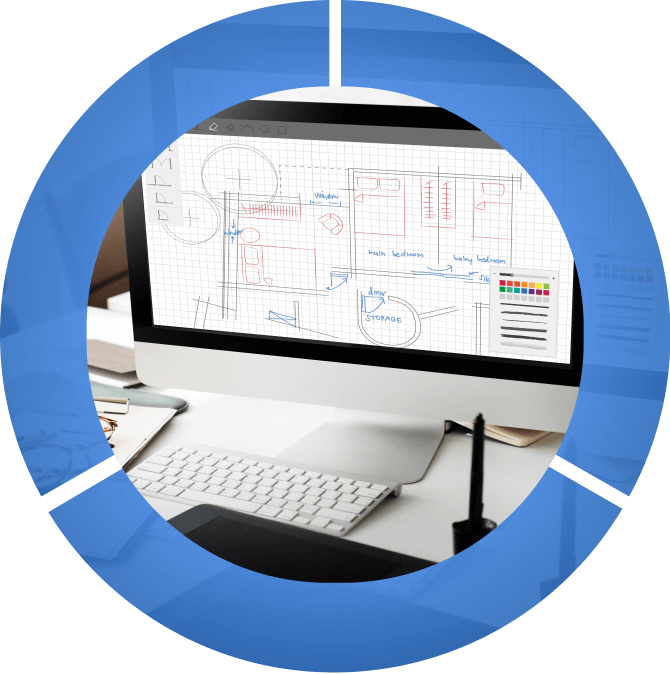
What is 3D Modeling Software?

3D modeling software is a type of software that allows users to create digital representations of objects in three-dimensional space. By using geometric data, 3D models can represent physical objects in a virtual environment. These tools allow designers, engineers, architects, and artists to create realistic visualizations, test simulations, and even produce 3D printed prototypes.
The software provides an interactive 3D workspace where users can design, modify, and manipulate objects with ease. The models can then be used in animations, simulations, and presentations, or as blueprints for physical manufacturing. Modern 3D modeling software is equipped with powerful features, including rendering tools, texture mapping, and simulation capabilities.
Various Industries 3d modeling software is used in
Architecture
This technology is used to visualize huge building structures with internal spaces, nooks and corners, and the measurements of the interior design accurately. This ensures that there is no faulty construction, before the project starts, paving the way to optimum time and recourse consumption.
Product management and design
Here, you can use the assistance of 3d modeling tools to come up with accurate graphical representation of a product design before manufacturing. This helps in calculating and predicting the right functionality with accurate numbers and data.
Animation
3D modeling services are applicable for media and animation, ensuring high-quality visuals and graphics for videos, movies, commercials and games, giving the feel of reality in virtuality.
Engineering
By using 3D modeling, the simulation and calculation of a product by its dimension and functionalities help in simulating the right design to be produced according to the engineering plan.
Promedia Systems and 3D Modeling Software
Promedia Systems offers an array of advanced 3D modeling software solutions, including industry-leading tools such as SolidWorks, 3DEXPERIENCE SOLIDWORKS, AutoCAD, and more. These software solutions are equipped with all the features you need to design, simulate, and visualize your concepts with precision and efficiency.
SolidWorks
SolidWorks is one of the most widely used 3D CAD software in the world. It provides powerful features for product design, engineering analysis, and simulation. It is particularly favored by manufacturers, engineers, and product designers for its ability to create complex models and assemblies with high precision. SolidWorks also offers built-in tools for testing prototypes, enabling users to detect potential issues before they move to production.
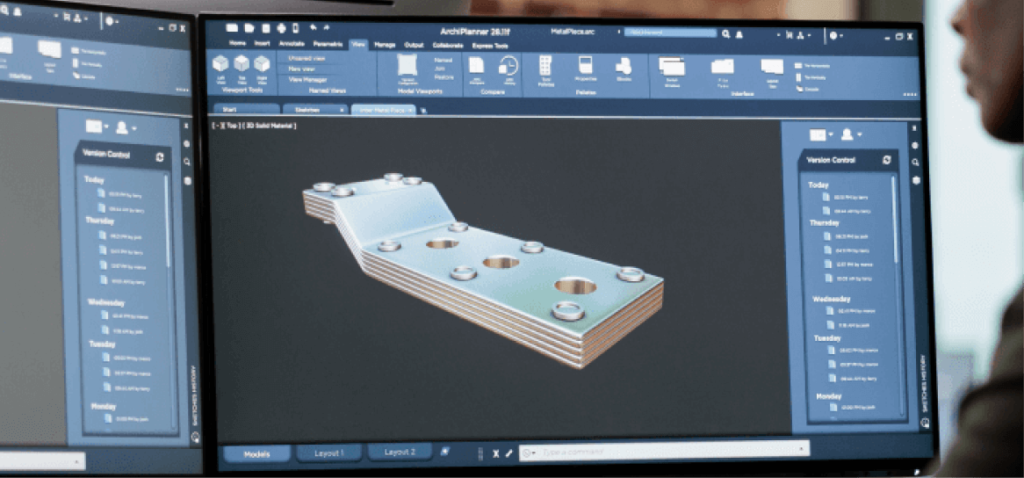
Lumion
It while not a CAD software itself, Lumion is a powerful rendering tool that can take 3D models created in CAD software like SketchUp, Revit, or AutoCAD and generate stunning photorealistic images and animations. It’s widely used in architectural visualization, helping architects present their designs to clients in a compelling way.

3DEXPERIENCE
3DEXPERIENCE is a cloud-based platform by Dassault Systèmes that integrates 3D modeling software like SOLIDWORKS, CATIA, and DELMIA for seamless design, simulation, and manufacturing. It enhances collaboration with real-time data management and version control, making product development more efficient. Ideal for industries like automotive and architecture, it streamlines innovation and optimizes workflows.
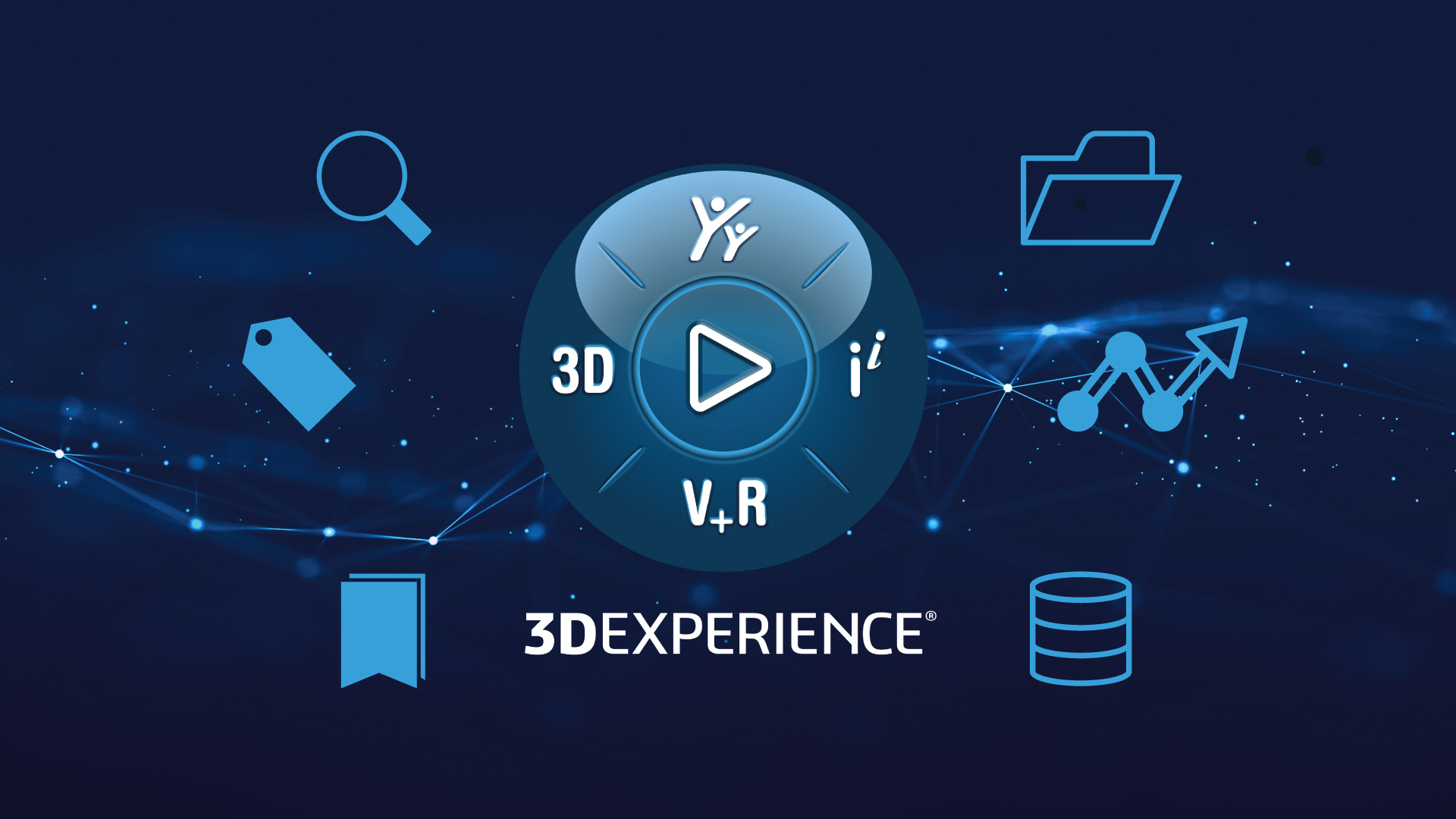
Hexagon
Hexagon provides cutting-edge 3D modeling software like MSC Apex, VISI, and ALPHACAM for precise design, simulation, and manufacturing. Used in industries like aerospace and automotive, its solutions enable accurate modeling, reverse engineering, and smart automation. By integrating metrology and data-driven insights, Hexagon enhances productivity and optimizes the entire product lifecycle.

Unity
Unity is a powerful 3D modeling and game development software used for creating interactive experiences across gaming, architecture, and simulations. It supports seamless integration with Blender, Maya, and 3ds Max, allowing designers to build, animate, and render high-quality 3D models. With real-time rendering and advanced physics engines, Unity enhances visual storytelling and immersive experiences.
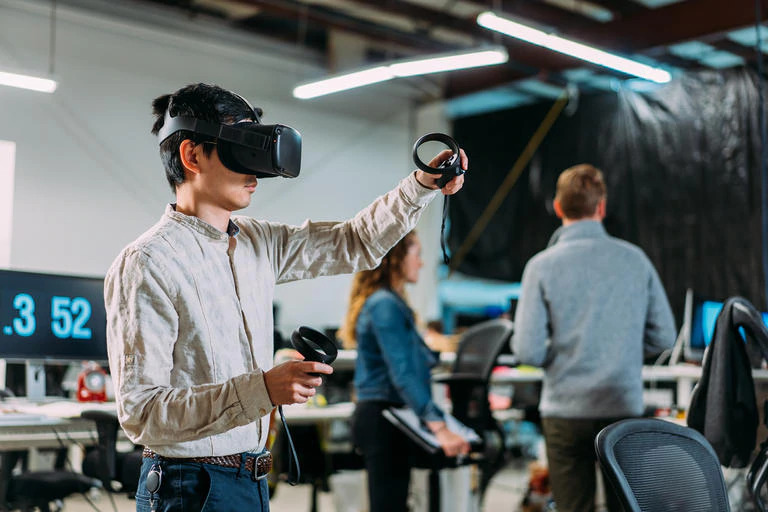
5 Key Features of Our 3D Modeling Software
- 3D modeling tools are built into our 3D CAD software to create complex models of primitive designs to highlight intricate features of the product design.
- Get hold of the 3D experience software technology with fine digital images that are as realistic as a photographed image of the product in question.
- Obtain animation features into your 3D moving images with software where you can achieve realistic animations through motion pictures.
- Seamless integration with your existing software allows you to easily incorporate the 3D modeling software into your workstation device.
- Ensures seamless collaboration with team across your organization so that all are on the same page with real time updates of the product.

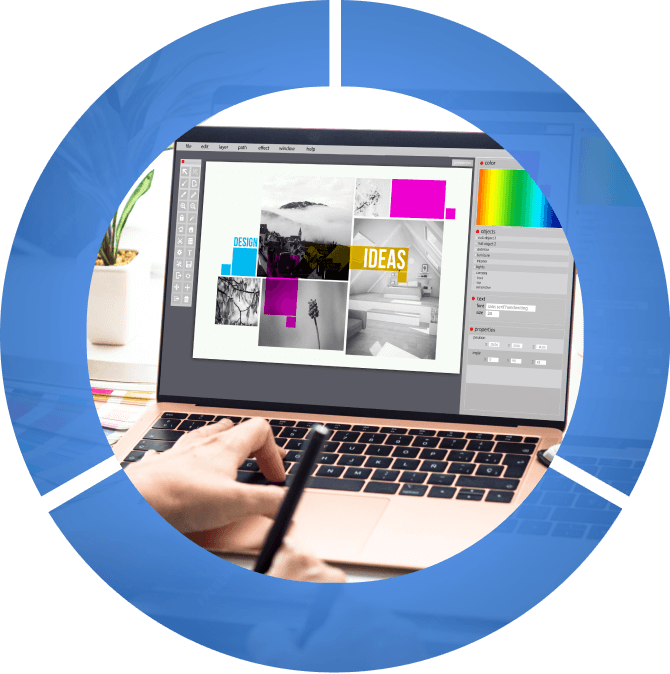
Benefits of Using 3D Modeling Software
Adopting 3D modeling software has numerous advantages across industries. Here are some of the key benefits of using this software for design and development:
- Design Precision: With 3D modeling software, professionals can create highly detailed and accurate models. This precision is essential for industries like engineering and product design, where even the smallest error can result in a flawed product or structure. Users can input exact measurements, making sure their models meet specifications down to the smallest detail.
- Visualization: One of the primary benefits of 3D modeling is the ability to visualize designs in three dimensions. Unlike 2D drawings, 3D models give a realistic representation of how a product or structure will appear in the real world. This helps designers make informed decisions, and it also makes it easier to communicate ideas to clients and stakeholders.
- Cost and Time Savings: By using 3D modeling software, you can reduce the need for physical prototypes. Designers can create virtual prototypes, run simulations, and detect potential problems before physical production begins. This process minimizes the risk of costly design errors and optimizes the overall development cycle, allowing businesses to deliver products faster and more affordably.
- Enhanced Collaboration: Many modern 3D modeling tools provide cloud-based platforms that allow for real-time collaboration. This is especially useful for teams working remotely or in different geographical locations. Engineers, designers, and architects can all work on the same project simultaneously, ensuring a more streamlined workflow.
- Improved Prototyping and Simulation: Advanced features like simulation, motion analysis, and stress testing allow professionals to validate their designs virtually. This reduces the need for physical testing, saving time and money in the product development process.
- Better Communication: Since 3D models are much easier to understand than technical drawings, they help improve communication between team members, clients, and manufacturers. You can quickly show stakeholders a clear, realistic visualization of your concept, making it easier to obtain feedback and approval.
How to Choose the Right 3D Modeling Software
Selecting the right 3D modeling software depends on your specific needs and the industry in which you operate. Consider the following factors when making your choice:
- Industry
Different industries have unique requirements. For example, AutoCAD and Revit are commonly used in architecture, while SolidWorks is preferred by engineers and product designers. If you’re working in manufacturing, SolidWorks or Fusion 360 might be the best choice, while those in animation or entertainment may prefer Blender or Maya.
- Budget
Many 3D modeling software programs require a significant investment, so it’s important to consider your budget. Some tools, like SketchUp, offer free versions, while others, like SolidWorks, are premium solutions with higher costs.
- Features and Complexity
Some 3D modeling software is more advanced and feature-rich than others. Consider what features are most important for your work. Do you need simulation capabilities? Are you primarily interested in 3D rendering or detailed design work? Choose a program that aligns with your project requirements.
- Ease of Use
User-friendliness is an essential factor when choosing a 3D modeling software. Some programs are more intuitive, while others have steeper learning curves. If you’re new to 3D modeling, you might want to consider software that offers easier-to-understand interfaces, such as SketchUp.
Why Choose Promedia Systems?
At Promedia Systems, we are committed to providing cutting-edge software solutions that help businesses in the UAE and Saudi Arabia achieve their design and engineering goals. Our range of 3D modeling software options, including SolidWorks, 3DEXPERIENCE, AutoCAD, and Lumion, gives you access to some of the most powerful tools available in the market.
- At Promedia Systems, our team has the relevant expertise and skills over the years in 3D modeling, providing expert guidance and support from the installation to regularly maintaining it in your workstation.
- We understand each of our customers’ unique requirements. We specialize in moulding our services to meet your unique business needs, ensuring that you benefit the most from our software.
- We believe in rendering quality results through our products and services that equip you with high-quality solutions to meet your highest standards.
- We boast of an excellent concierge team who are technically knowledgeable of our products and services and are available throughout, to answer your questions and address your concerns.

